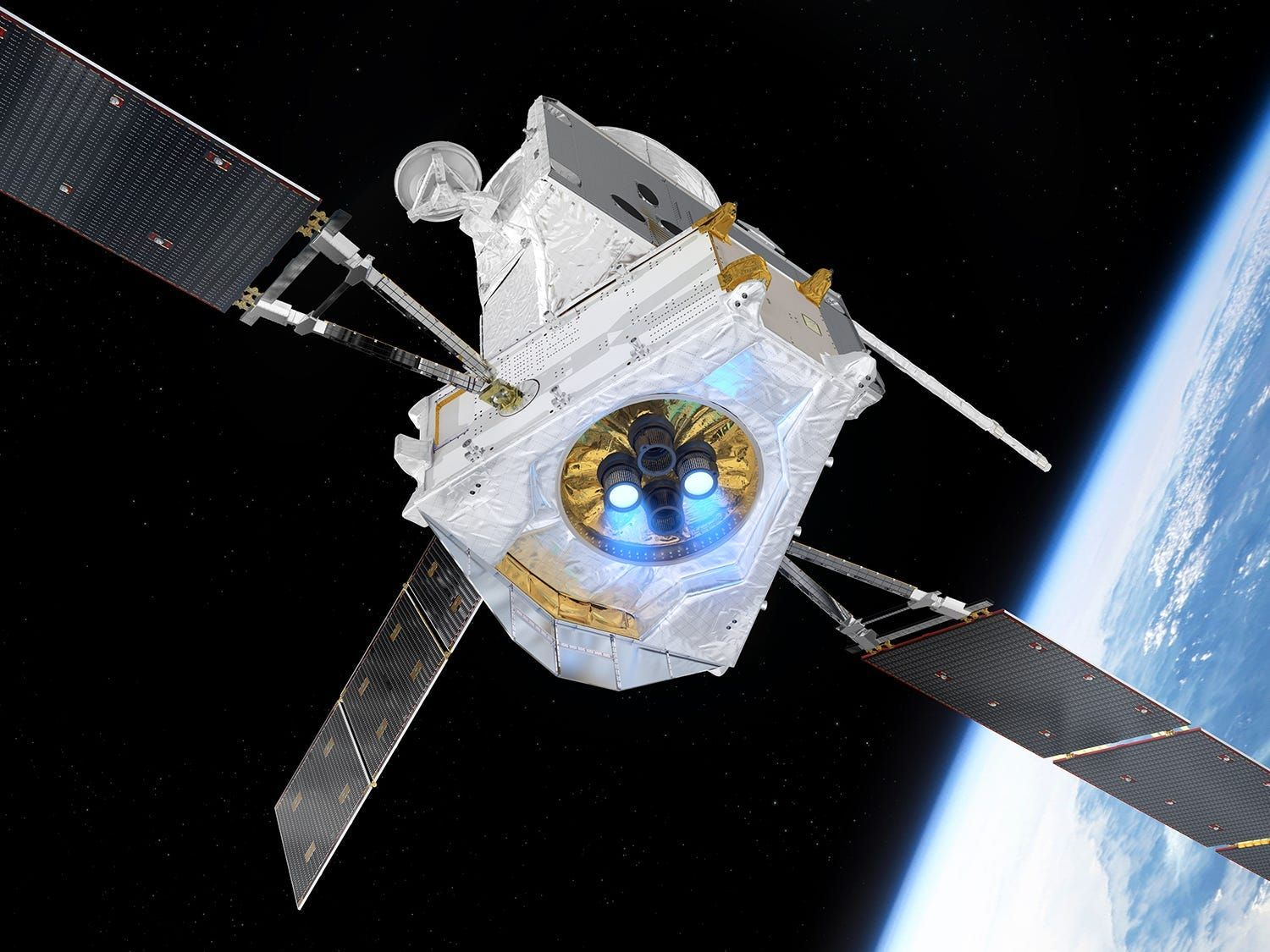
www.yahoo.com
In a lucky coincidence, a spacecraft is scheduled to fly by Venus just weeks after researchers announced finding potential signs of life
The BepiColumbo spacecraft consists of two satellites launched together. It will fly by Venus twice: once in October, and once next August.
Science & Tech
On Monday, astronomers announced an exciting discovery about Venus' clouds: They seem to contain phosphine, a toxic and flammable gas that could be a sign of life.
On Earth, the only naturally occurring phosphine ever found is a byproduct of bacteria. In other words, it's made by a living organism. So if Venus does indeed have phosphine, and it's not created by some geochemical process we don't yet understand, it would mean we're not alone in the universe — not even in our own solar system.
"It's very hard to explain the presence of phosphine without life," Dr. Jane Greaves, an astronomy professor at Cardiff University and lead author of the study, said at a press briefing.
Still, many astronomers think there are other possible explanations for the gas' presence. Phosphine has been found on Saturn and Jupiter too, for example, since those planets' immense pressure can squish phosphorus and hydrogen atoms together. (Venus is too small to produce such pressure, though.)
There's only one way to figure out what's up on Venus: more research, preferably via a spacecraft that can check out the planet up close.
Such missions are extraordinarily expensive and take years to plan, so the earliest mission to Venus would likely be at least three years away. But in a remarkable coincidence, a spacecraft on its way to Mercury just happens to be weeks away from a Venus flyby right now, as Forbes' Jonathan O'Callaghan reported.
























































